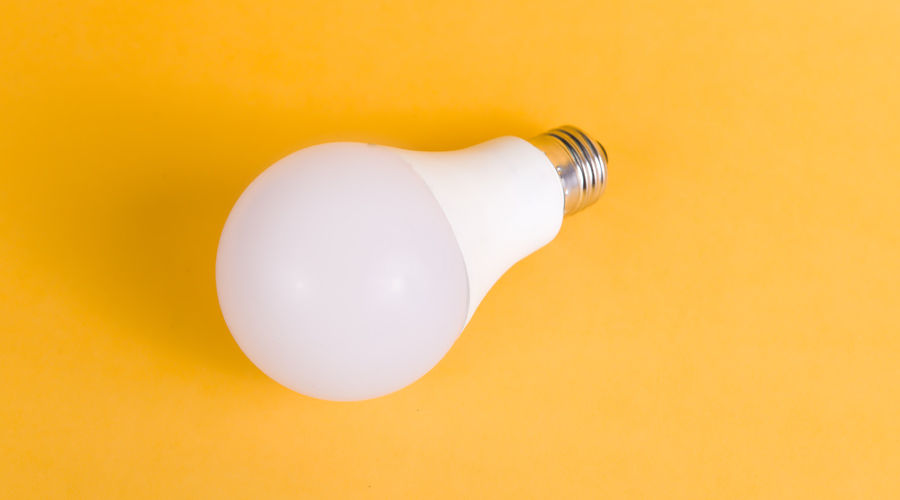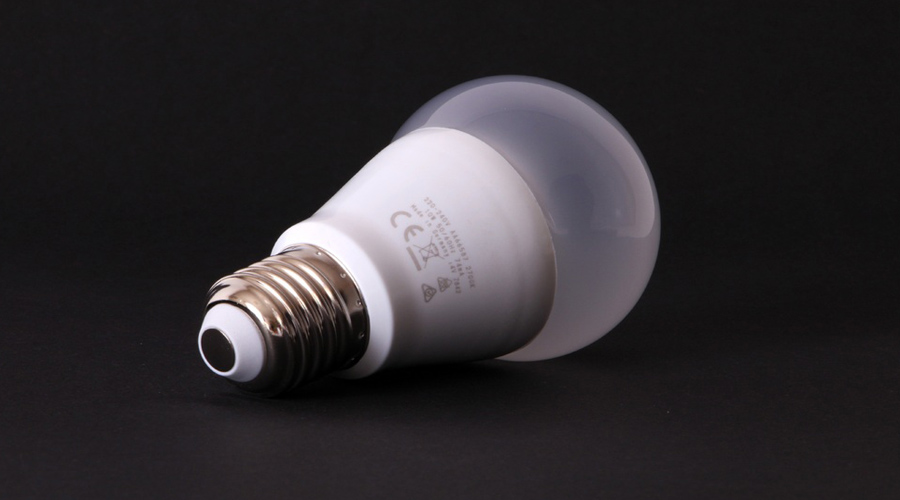What is LED light? These light-emitting diodes are easily placed in electrical circuits. Of course, it should be said that not all diodes emit light effectively. The photons that are released as a result of the movement of electrons from the upper layer of the material with a higher energy level to the lower layer with a lower energy level can only be seen in some special materials.

What is LED bulb
what is LED story? Diode lamps or LED bulbs were lighting equipment that was first produced in 1962. At first, they were only in red colors with a combination of aluminum, gallium, and arsenide. In the early 1970s, these lamps were produced in green, blue, yellow, and orange colors. In the early 90s, the efficiency of these lamps increased significantly and they were released to the market as a group. In the following, we will talk about what is led lamps and how they work.
The smaller, more efficient, and longer-lasting light sources are better. Light-emitting diodes or LED lamps are the only light sources that have this feature.
Their dimensions are smaller than all other types of lamps available, their lifespan is very high and their efficiency is also very good. For this reason, in recent years, special attention has been paid to the use of LED lamps for providing lighting, and many researches have been conducted in this field.
What does led stand for
what does led stand for? Light-emitting diode or LED lamp is an abbreviation of the light-emitting diode. In this case, the heat caused by the electrical resistance of the filaments produces light and illumination. Meanwhile, LED lamps produce light without the need for a filament, by applying voltage to the semiconductor material and releasing photons due to the movement of electrons and their combination in the region of holes or the P region of the semiconductor material.

How LED works
Light can be emitted by igniting a filament or electric discharge in a gas. Another way to produce light is the radiation of crystals. In LED, light is produced by stimulating crystals, which are semiconductor elements, which is also called electroluminance, which was invented in 1977. The internal structure of the LED lamp has two n and p regions. The structure of the LED lamp consists of two regions, P and N. In the N region, the crystal atoms have excess electrons, and in the P region, there is a lack of electrons. By applying the voltage on both ends of the LED, a PN region is formed between these two regions, which is also called the discharge region (Light Emitting Diodes).
As a result of the passage of electric current, electrons are combined with atoms that lack electrons, and thus light is produced. The light spectrum emitted by the LED lamp is very narrow and does not contain ultraviolet and infrared rays, and the color of the light depends on the material of the crystal.
What is the LED lamp function?
What is led? Also, the current passing through the LED is direct and the polarity of the voltage applied to them must be appropriate. The lifespan of these lamps varies from 40,000 to 100,000 hours depending on the light.
As mentioned, LEDs emit light in a narrow band of wavelengths, but to use these lamps in indoor lighting it is necessary to create white light. Since white light includes a wide range of lights, two methods of creating this light are used. The first method is to use a combination of three colors, red, green, and blue, and the other method is to use phosphor to convert part of the light into other colors. Of course, the second method has a lower cost and is used more often.
To protect semiconductors, a protective layer is placed on the semiconductor. Because the semiconductors are usually placed on one plate, the light is emitted only in the upper half of the plate, as a result, it is easier to guide the light in LED than other types of lamps, which normally emit light in all directions.
The current passing through the LED lamp must be direct (DC). Also, the polarity of the voltage applied to both ends of the LEDs is very important. If the polarity is reversed, the LEDs will not turn on, and if the applied voltage range is high, it may damage the LED and destroy the crystal structure.
The amount and color of light emitted from LEDs are highly dependent on the current flowing through them, so current sources are typically used to power LEDs.

Advantages and disadvantages
benefits of LED lighting are:
- Low power consumption
- Small size
- Durability and high functionality
- The lifespan is not dependent on the number of times on and off
- High color rendering index (CRI): High resolution and color recognition in LED lights is more than in HPS lights.
- Very fast response time: LED lamps turn on as soon as their voltage reaches them (in about 20
- Other advantages of the diode lamp include its extremely long lifespan (50 times that of incandescent lamps and 10 times that of energy-saving lamps), the purity and diversity of the colors produced without the need for any color filter, and many times more brightness than lamps. normal ones, continuous full light spectrum (no light flicker), high general safety due to the use of very low voltages, can be used in temperatures varying from +85 to -40, no production of ultraviolet (UV) and infrared (IR) rays ), the escape of insects from LED light and so on.
Among the disadvantages of the diode lamp, we can mention its relatively high price and poor quality light flux.
LED lamp components
The usual components of a diode lamp can be mentioned as parts, lens, frame and heat sink, printed circuit board, and power supply. The power supply used for this type of light is a switching type and covers the full input voltage range. Its frameless types are used in LED tubes and also in street lights and spotlights, LEDs with IP65 degree of protection are used.